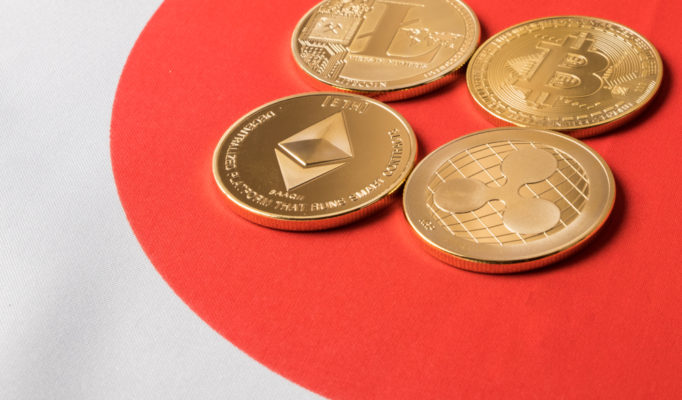Tight rules have kept FTX Japan and its investors from losing money. Japan is making stablecoin policies and rules for a future with cryptocurrencies.
Japan wants to do something different with cryptocurrencies than any other country. A Web3 project proposal says that the ruling party, the Liberal Democratic Party of Japan, agrees with this.
After going to Tokyo, it’s hard to say enough about how different Japan is from the rest of the world.
No one I talked to seemed too upset about the FTX crash or the previous string of cryptocurrency crashes.
Masaaki Taira of the House of Representatives and LDP’s Web3 Project Team says that the collapse of FTX didn’t change how policies were made.
Legislators and government officials in the US, Europe, and Asia are becoming more cautious about crypto. Japan’s national plan still gives Web3 promotion a high priority.
Japanese exchanges can list tokens more and more often. The change of a tax requirement that was hard to deal with is a big win for crypto businesses.
Coinbase and Kraken left Japan, while Binance bought a Japanese exchange. Binance had previously upset Japanese regulators.
And stablecoins, which are not allowed on Japanese exchanges right now, have a new way to move forward.
So, the question is why Japan is starting to use cryptocurrency now.
Forgotten Hacking Legends
When it comes to crypto, the easiest answer may be that Japan has been to Hell and back. It showed that it can stand up to a storm. So, some of the fear that was there before has gone away.
Japan was one of the first countries to use cryptography, but it didn’t work out for them. In 2014, someone broke into the Mt. Gox exchange in Japan.
Then, at the start of 2018, hackers struck again and stole over $500 million from the Japanese exchange Coincheck. This was the biggest theft in the history of cryptocurrency.
Before the Coincheck hack, Japan was on track to become the crypto capital of Asia, and maybe even the world. But the attack scared the government a lot, and Japan dropped off the map of crypto.
At first, it seemed like it would be hard to put new coins on exchanges. Japan had not disappeared; it was just taking time to get its affairs in order.
After these hacks, Japan required that client assets and exchange assets be kept separate. Most exchange funds are now kept in “cold wallets.”.
When FTX failed, Japan’s strategy for regulating markets showed how well it worked.
Ryosuke Ushida, who oversees fintech, thinks that FTX Japan’s Chapter 11 filing won’t hurt client funds. He works for the Financial Services Body, which is the government agency in charge of cryptocurrencies.
“Most countries don’t keep crypto assets separate from other assets. In Japan, they are legally split up. This makes it easier for FTX Japan to pay back the money.”
Introduced In Japan: Stablecoins
Before the FTX mess, there was the algorithmic stablecoin terraUSD (UST), which failed in May.
This made people all over the world worry more about the stability of stablecoins and their important part in crypto commerce.
In Washington, D.C., there have been several ideas for stablecoins. With its Markets in Crypto Assets (MiCA) Regulation, the European Union is almost done setting rules for stablecoins.
Singapore has also proposed rules for stablecoins. But regulation has not taken hold in most places.
This means that Japan could end up being first. Japan might be the first country to oversee stablecoins. The US talks about who should control stablecoins.
Japan’s stablecoin law will go into effect in June 2023, says Tatsuya Saito, product manager at MUFG.
MUFG, which oversees a group of banks, will put out stablecoins on public and private blockchains, such as Ethereum. The software platform Progmat should be ready by the end of the year.

















